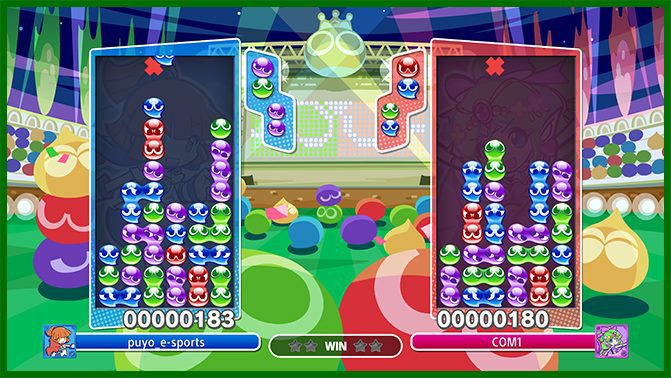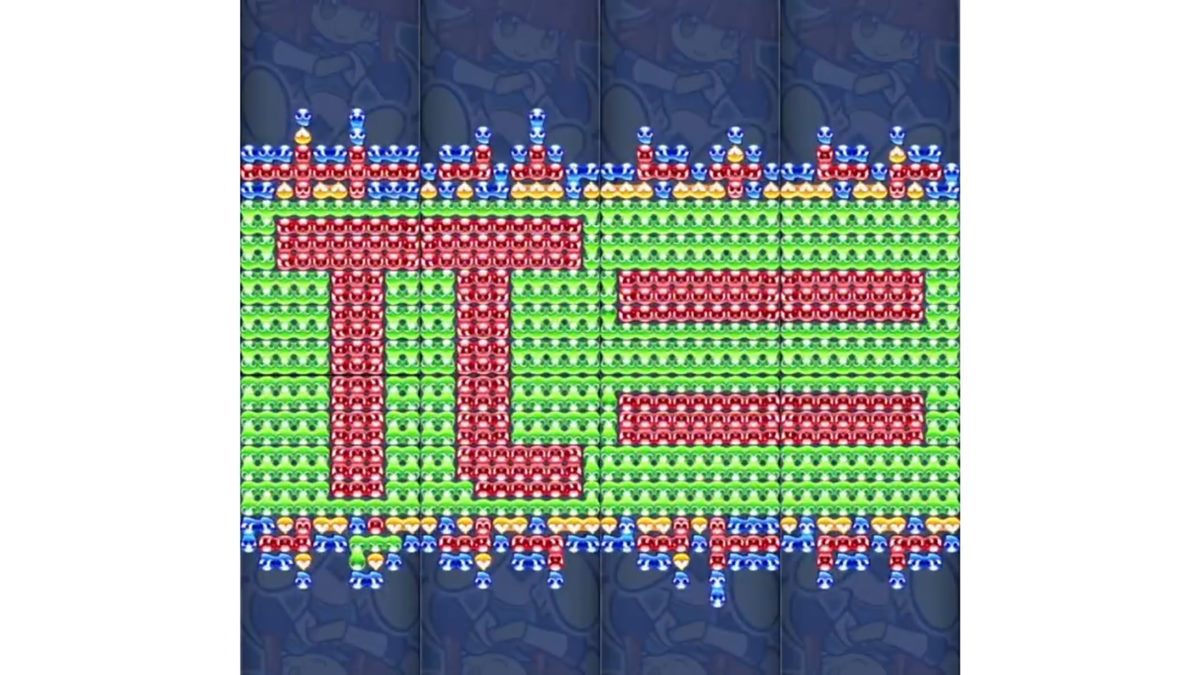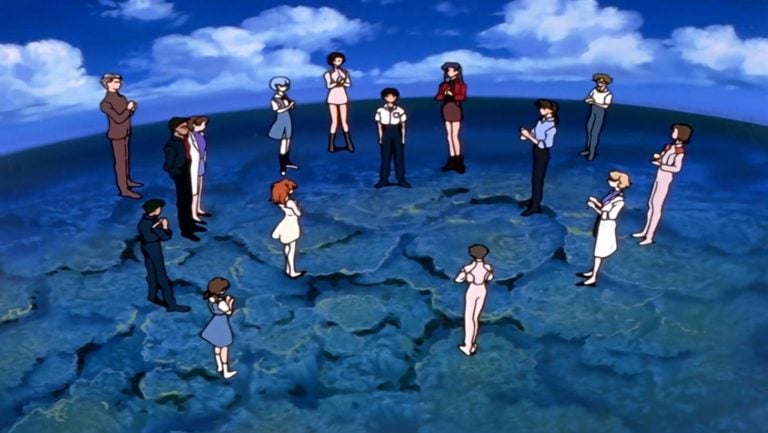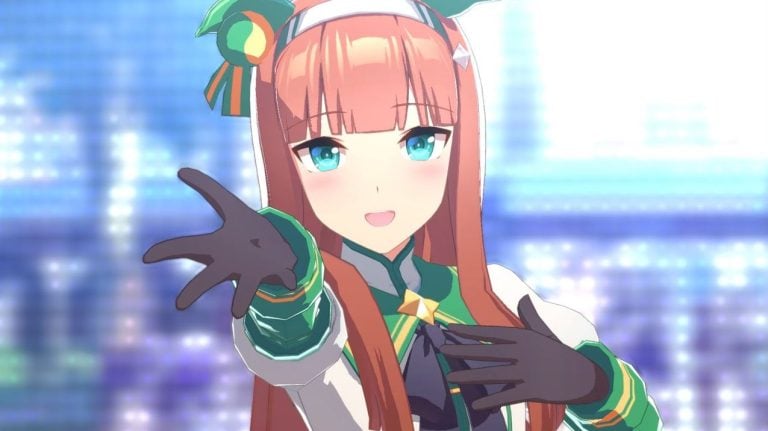Publication date of the original Japanese article: 2021-07-26 16:37 (JST)
Translated by. Braden Noyes
Puyo Puyo is a series of well-loved Japanese puzzle games that has been around for quite some time. Its mixture of simple rules and deep strategy have been winning over the hearts of players since 1991. Even simply watching as the multi-colored Puyo pieces stick together and pop can be a lot of fun. However, some players have discovered the merits of using the unique behavior of the Puyo blocks as a sort of art canvas.

The Puyo Puyo series of puzzle games was first created by game developer Compile. The company has since disbanded, but the series became the overwhelming front-runner of falling-block style puzzle games during the 1990s.
The series is now owned by Sega, who continues to develop new titles, all of which follow the same basic rule: clear blocks from the board by connecting four or more of the same color. Puyo Puyo blocks—more commonly referred to simply as Puyo—usually appear in five different colors. However, there are various other blocks apart from the normal red, blue, yellow, green, and purple. The Garbage Puyo, for example, is a special block which can only be cleared by popping an adjacent, colored Puyo.
As mentioned above, Puyo will disappear when you connect four or more of the same color. One of the main appeals of these games is trying to set up the longest chain you can before clearing any of the blocks. The longer your chain, the more points you will score. Doing so in versus mode is also advantageous, as it results in more Garbage Puyo blocks being sent to your opponent’s board. Professional players are able to set up incredible multi-colored chains in a very short amount of time.

There are even some professional players who take advantage of the chain function to create pictures using Puyo. Yanase, a professional Puyo Puyo player, uploaded a video to Twitter on July 23, 2021 of him using the Puyo Puyo game screen as a canvas to find the value of pi. At the time of writing this article, his post has been retweeted more than 19,000 times. In the video, you can watch as a seemingly random mass of Puyo blocks suddenly takes shape, organizing themselves into a meaningful pattern.
I’ve found the value of pi using Puyo Puyo!
The number which appears in Yanase’s video is that of pi, which is represented by the Greek letter π. His 8th chain reaction uncovers the message “π=” and the next chain reaction then reveals the message “3.1415926535897…” Somehow, he has managed to skillfully maneuver randomly generated Puyo in order to create readable text.
The most surprising part of the video, however, is when the image changes and you see that Yanase manages to display the value of π out to the 13th decimal place. The final image displayed in this Puyo Puyo art creation is made up of 720 Puyo blocks. So how is something like this created in the first place?
Well, it turns out you can get a little behind-the-scenes peek at what’s involved by checking out Yanase’s previous videos. First, remember that Puyo Puyo art can be thought of as another kind of pixel art. It seems Yanase begins by creating the overall layout of the image he wants to create before dividing it into sections. He then works backward, devising a series of chain reactions which will lead to the desired result.
Yanase also has a video on his YouTube channel in which he creates an image of Arle and Carbuncle, two of the main characters from the Puyo Puyo series. The finished image, created using Puyo Puyo Tetris, is 30 blocks wide and 28 blocks tall, using a total of 840 Puyo pieces.
Of course, none of the titles in the Puyo Puyo series have a game mode with a board this large. To get around this, Yanase creates his canvas by stitching together 42 sections from separate game boards. Each of these 42 recordings is then combined into one complete image in which the chain reactions create the desired Puyo Puyo art.
According to the text in the video, each section took an average of six minutes to create. So although Yanase says his speed has drastically increased since he first began making these videos, that means simply setting up all of these chain reactions in-game took around four hours. And this doesn’t even take into account all the time necessary to design the original image, come up with the series of chain reactions that will result in said image, and then edit everything together after recording. Yanase says this Puyo Puyo art image took a total of about two weeks to create.
Yanase has uploaded a number of other Puyo Puyo art videos as well, including one in which he recreates the startup screen of the Nintendo Switch version of Puyo Puyo Tetris. One video in particular that is worth checking out is his Christmas message which includes not two, but three separate images in a single series of chain reactions. If you look closely, you can see that each of his videos are painstakingly made using the same small 10×2 block sections.
Sending everyone Christmas wishes with Puyo Puyo chains!
Yanase also put together a video demonstrating his creation process. In the example, he recreates a Rubik’s Cube using a single game screen. First, a rough sketch is made using pixel art. Then, he comes up with a series of chain reactions which will produce the final image. Since the Rubik’s Cube Puyo Puyo art piece uses only a single board, it’s much easier to wrap your head around than his more involved creations. Even still, his skills are far above what an amateur such as myself would be able to manage.
I made a Rubik’s Cube using Puyo Puyo.
Yanase continues to upload more and more Puyo Puyo art pieces at an alarming rate, which suggests his skills are also improving just as quickly. His creations can be found on his Twitter account and his YouTube channel and continue to demonstrate his love of the Puyo Puyo series as well as this new art form. I’m greatly looking forward to seeing what creations he dreams up next.





